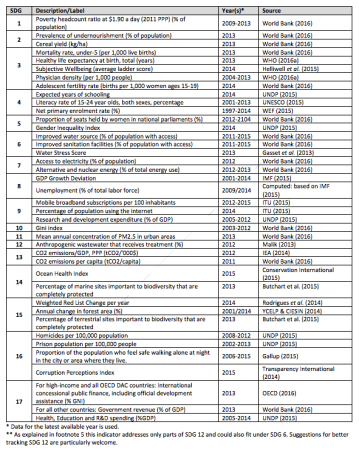We’ve poked fun in the past at people who think that high prices for quinoa are taking food out of the mouths of poor farmers in Bolivia and Peru, but here’s a confession.
We didn’t have actual objective evidence that this was not the case. Just a gut feeling, based on experience and knowing people who know quinoa farmers. Oh, and lots of research on other commodities by Nobel prize winner Angus Deaton.
Now we do have evidence, from real agricultural economists, which I’ve written about at length (and thanks for giving me the length) at NPR’s The Salt.
Your Quinoa Habit Really Did Help Peru’s Poor. But There’s Trouble Ahead.
Bottom line, from the researchers:
“The claim that rising quinoa prices were hurting those who had traditionally produced and consumed it [is] patently false.”
And that goes for nutrition too, as the article explains.
So what’s the trouble ahead? There are three, actually, two of which will be familiar to readers of this site.
First, the boom in export markets is focussed on very few of the 3000 or so extant varieties of quinoa, which hold the future to further adaptation of quinoa as environmental conditions change. Payments for Agrobiodiversity Conservation Services could help to solve that.
Secondly, the sustainability of quinoa growing in the high Andes is in doubt because more intensive practices are resulting in soil erosion and degradation. No easy solution, unless the farmers band together and implement some minimum sustainability standards. That might give them an edge in an increasingly competitive market, the basis for confronting perhaps the biggest threat …
Prices have already started to drop, and are already well down on their peak. That’s hardly surprising. High prices have sucked in global competitors. Farmers in South America are holding on to their stocks in the hope that prices will rise again, but few of the people I spoke to have any expectation that they will rise.
As Marc Bellemare, one of the agricultural economists, told me:
“If we’re going to rejoice when prices go up, maybe we should worry when prices go down.”
A quick, selective trawl in our archives produces:
- Fairtrade quinoa vodka hits the stores on APRIL 15, 2010
- The quinoa story: it’s complicated on MARCH 28, 2011
-
Quinoa phylogenetics unraveled on JULY 15, 2011
-
Quinoa in Pakistan on JANUARY 2, 2013
-
Quinoa: it’s still really complicated, and nobody cares about it in December on JANUARY 24, 2013
-
United colours of Quinoa on FEBRUARY 20, 2013
-
The great quinoa debate: statistics to the rescue on SEPTEMBER 11, 2013
-
Quinoa misconceptions unmasked on MARCH 28, 2014
-
Quinoa backlash backlash recap recap on APRIL 27, 2014
